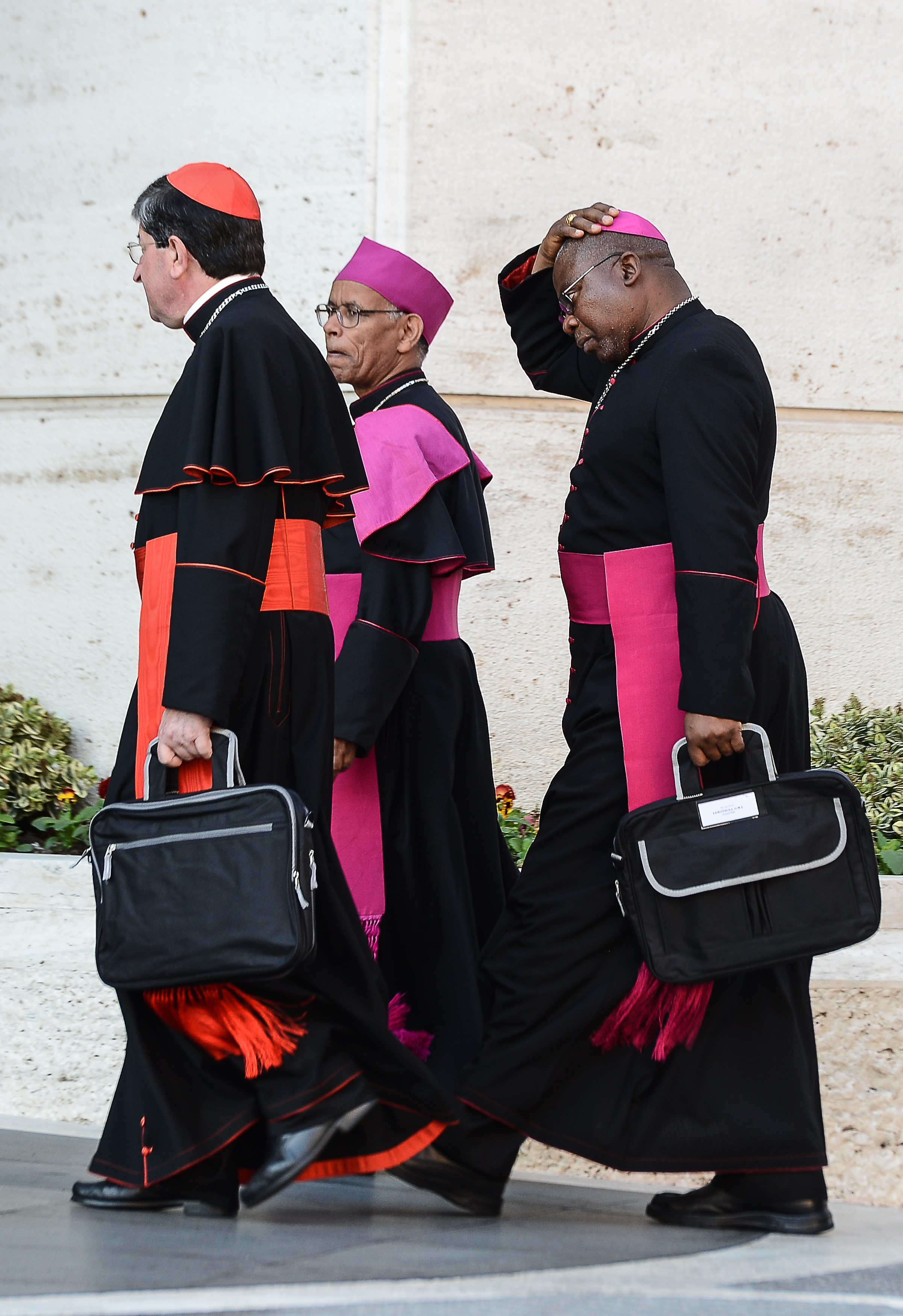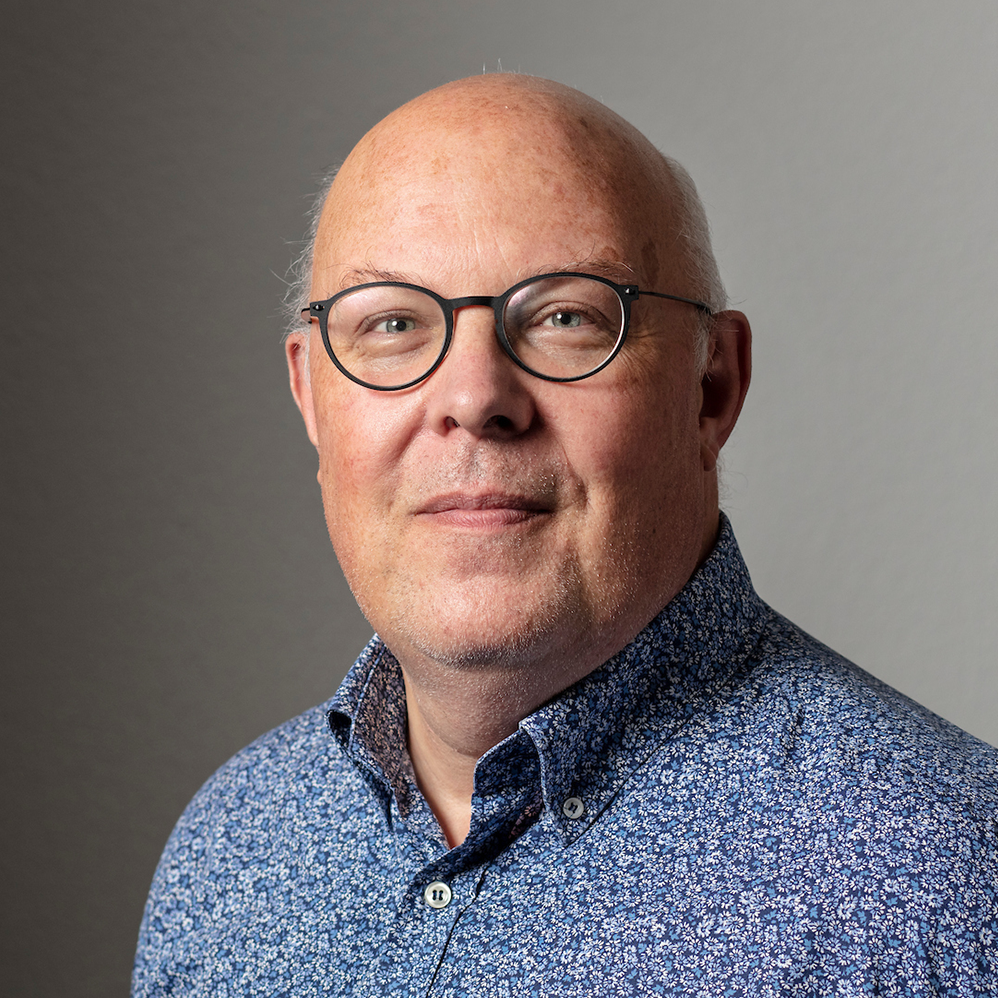
“A breath of fresh air wouldn’t do any harm”

The Second Vatican Council opened in October 1962, with the avowed aim of reconciling the Catholic Church with the modern world. But half a century later much remains to be done, according to the journalist and Jesuit priest Albert Longchamp.
Longchamp, who has been a close and often critical observer of the church’s evolution, currently oversees the Swiss Jesuit magazine Choisir, which was founded the same year the council was launched by Pope John XXIII.
swissinfo.ch: You were in your 20s during the council. What was your experience of it?
Albert Longchamp: The council began two weeks after I joined the Jesuits. I was highly motivated and I expected a lot from it.
But I must admit there was plenty of initial scepticism. John XXIII, the new pope, was known for having been an efficient nuncio, a tubby, worldly prelate who was a little devious. In other words, exactly how you might imagine a diplomat.
When he convoked the council three months after his election, it was huge surprise. The Roman Curia – the Vatican administration – plotted to get it cancelled. No one took it seriously. And then there were those who believed in it but feared that it would only lead to lengthy, sterile debates. And certainly not lead to a more open church.
swissinfo.ch: The most noticeable difference after the council was the change of the rite at mass, abandoning the Latin liturgy and with the priest interacting more with the participants. Was this a positive change?
A.L.: Concerning Latin, the council simply confirmed a movement that began under Pius XII. But to have a priest looking at the congregation was revolutionary.
The change of rite was without a doubt positive. Before Vatican II, no one understood anything about mass. Afterwards, the faithful became participants in the liturgy and could take initiatives to make it more real to them.
swissinfo.ch: The church also became more respectful of other faiths, Christian or otherwise, after Vatican II.
A.L.: The recognition of other religions is one of the central points of Vatican II. The Roman Catholic Church, previously so arrogant or even imperialistic, recognised it didn’t have a monopoly on truth. The council can certainly be considered to mark a sea change in Rome’s attitude towards other religions. We respect them and do not condemn any of them.
swissinfo.ch: The council also marked the beginning of closer ties with Orthodox and Protestant churches. What is the situation today?
A.L.: Globally speaking, there have been major efforts to improve ecumenism. We have grown closer to the reformed churches. Speaking of the Orthodox church, excommunications pronounced by Rome and Constantinople against each other were lifted on the last day of the council. So if the Orthodox and Catholics are not totally reconciled, they are not no longer at sixes and sevens with each other, which is a big step forward.
swissinfo.ch: The rapprochement with the Anglican Church went a long way and could have led to a reunification. What went wrong?
A.L.: If I can make a joke, I would say “cherchez la femme!” [look for the woman]. Women being ordained as priests or even as bishops blocked everything. It was also a problem for some Anglicans. Some become Catholic for this reason.
swissinfo.ch: Vatican II gave some power back to the bishops. But the church isn’t really a democracy: Rome still has the final say. In Switzerland, the controversial nomination of the conservative bishop Wolfgang Haas by Pope John Paul II caused plenty of turmoil.
A.L.: The pope is sometimes overburdened and out of touch with reality. He is always surrounded by people who try to influence him. That is the weakness of his huge power. This power is in Rome’s hands, but much of what goes on there is secret. The Vatican’s congregations (ministries) have a major influence as they are the ones who pass messages from the top down and vice versa.
The church has yet to become more democratic. That said, the most recent nominations of bishops in Switzerland, in Basel and Fribourg, were well accepted and the situation is good in the other dioceses. There is just a slight problem in Chur, where the local bishop is a little “tense”.
The church itself still depends very much though on its lower echelons, who can cause plenty of trouble.
swissinfo.ch: Vatican II was supposed to help reconcile the church with the modern world. Fifty years later, issues such as the role of women, celibacy or refusing communion to divorcees still make it appear backward.
A.L.: The role of women will be the next big debate within the church. They don’t have the place they deserve. You can feel women are bitter, even angry. The church’s attitude towards divorced people, at a time when divorces are extremely common, does not go down well with the faithful either.
As for whether priests should be allowed to marry, this is now an urgent problem in some parts of the world. In Africa, a priest almost has to live with a woman if he doesn’t want to be considered a homosexual, which goes down very badly with the local population.
swissinfo.ch: With all these problems, wouldn’t it be time for a new council?
A.L.: A council along the lines of Vaticans I and II is almost impossible. I’m not saying it will never happen, but it would raise complex logistical issues because of the number of people who would have to be invited. You would need to bring 20,000 people together in one place.
The answer is to organise regional councils, at a continental level. Africa could have its own council whose decisions would be applied to the continent. Then we could see if they could be adopted elsewhere.
swissinfo.ch: John XXIII said Vatican II was a way of “opening the windows and letting in some fresh air”. Does the church need some more?
A.L.: A breath of fresh air wouldn’t do any harm. And maybe even a small gust of wind. And why not a big gust…
A council is a special meeting of bishops from the Catholic or Orthodox churches.
General or ecumenical (worldwide) councils such as Vatican II bring together all the world’s catholic bishops.
The first council was held in Nicaea (in present-day Turkey) in 325, among other things laying down the doctrine of the Trinity and setting out the rules for calculating the date of Easter.
The only one held on Swiss territory was that in Basel, between 1431 and 1449, making it the longest on record.
Vatican II began on October 11, 1962, and ended on December 8, 1965. It was the church’s 21st ecumenical council.
(Translated by Scott Capper)

In compliance with the JTI standards
More: SWI swissinfo.ch certified by the Journalism Trust Initiative




























You can find an overview of ongoing debates with our journalists here . Please join us!
If you want to start a conversation about a topic raised in this article or want to report factual errors, email us at english@swissinfo.ch.